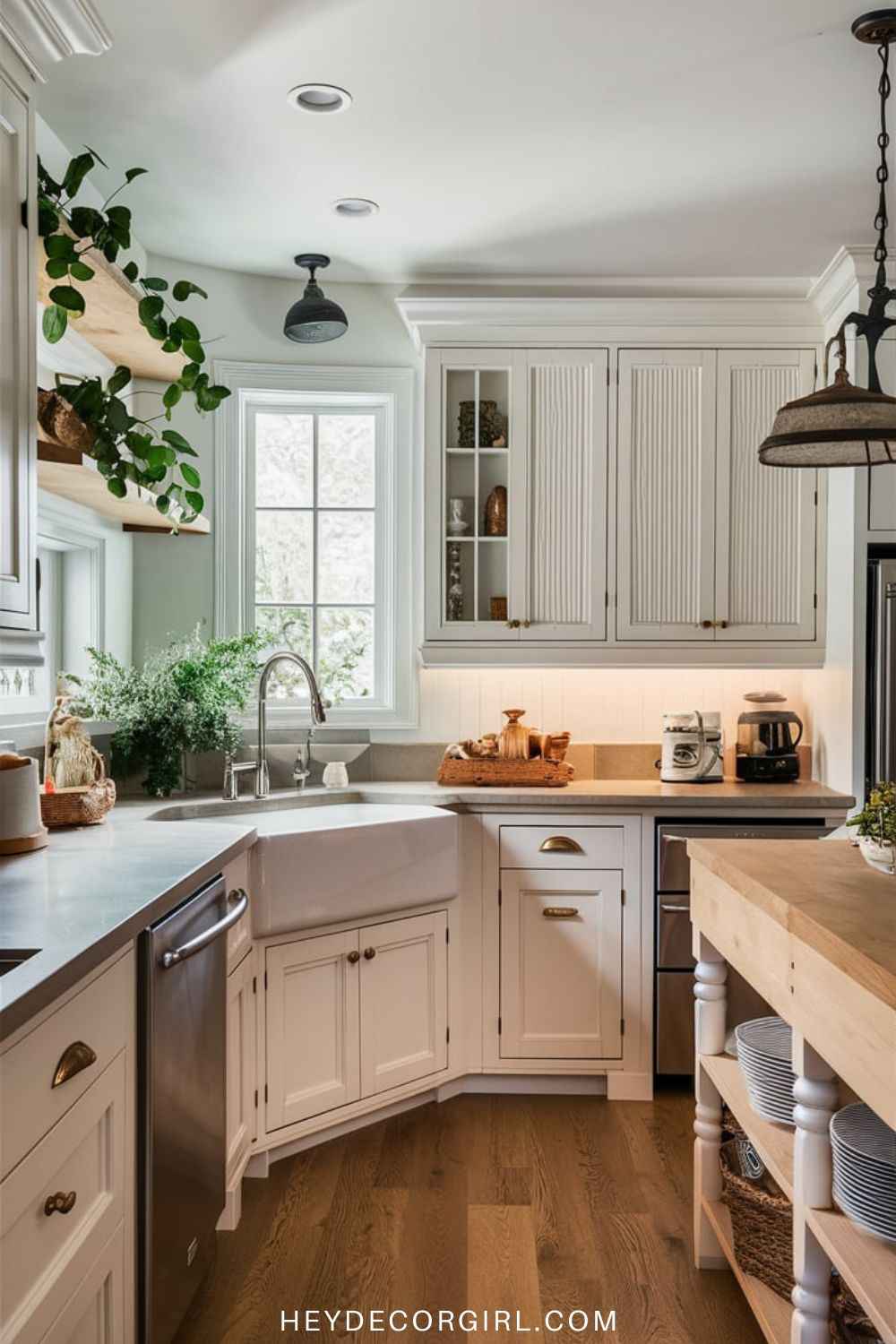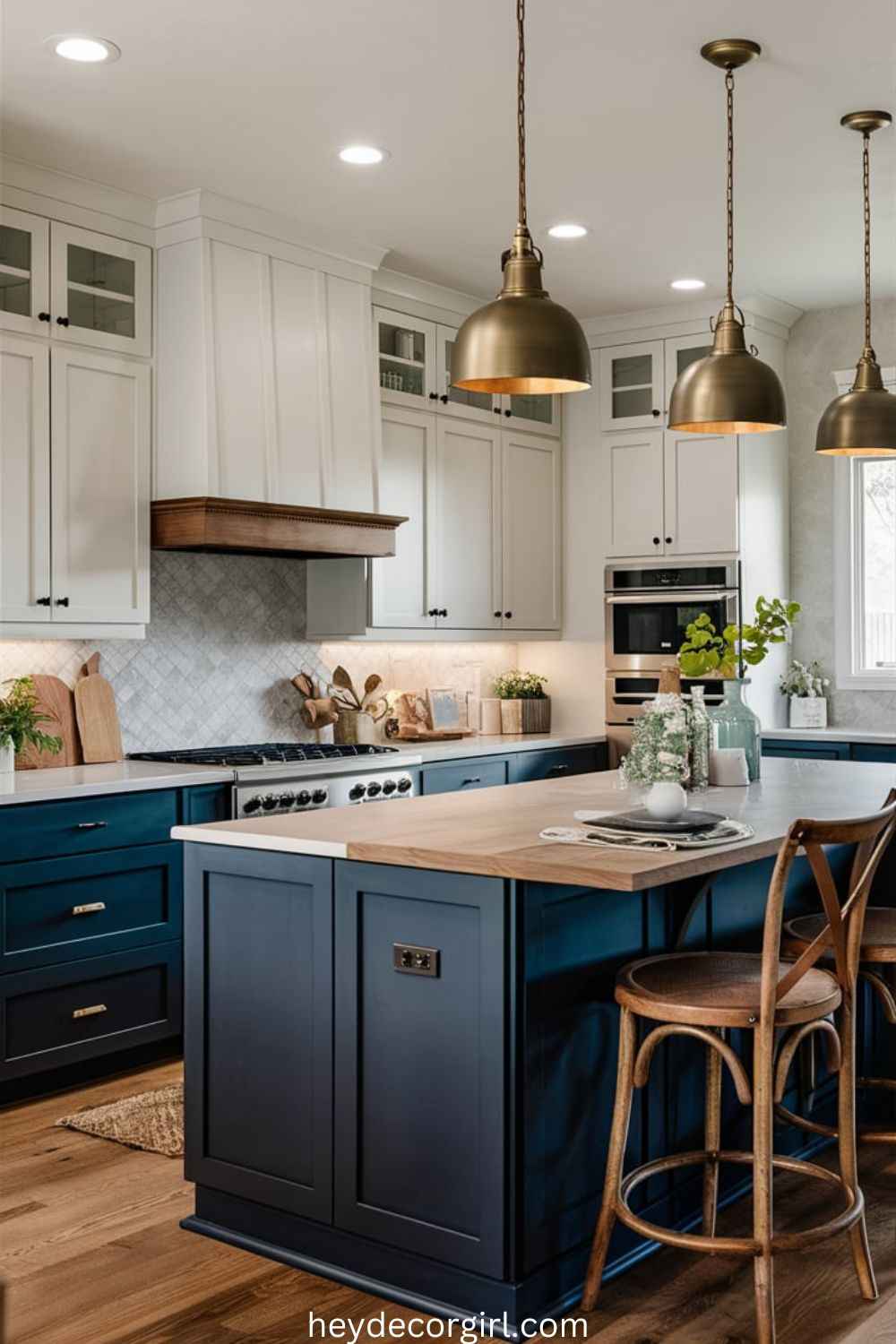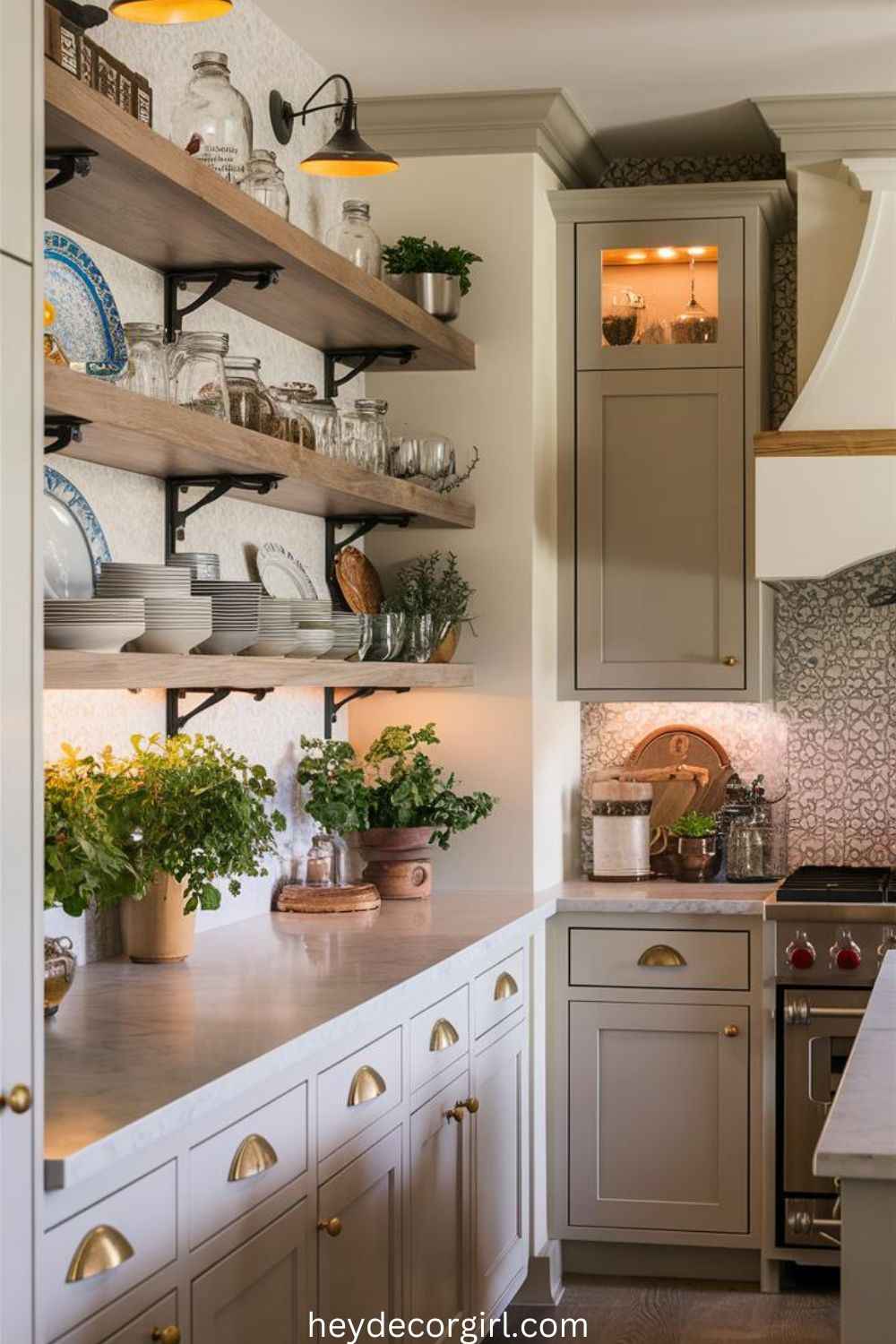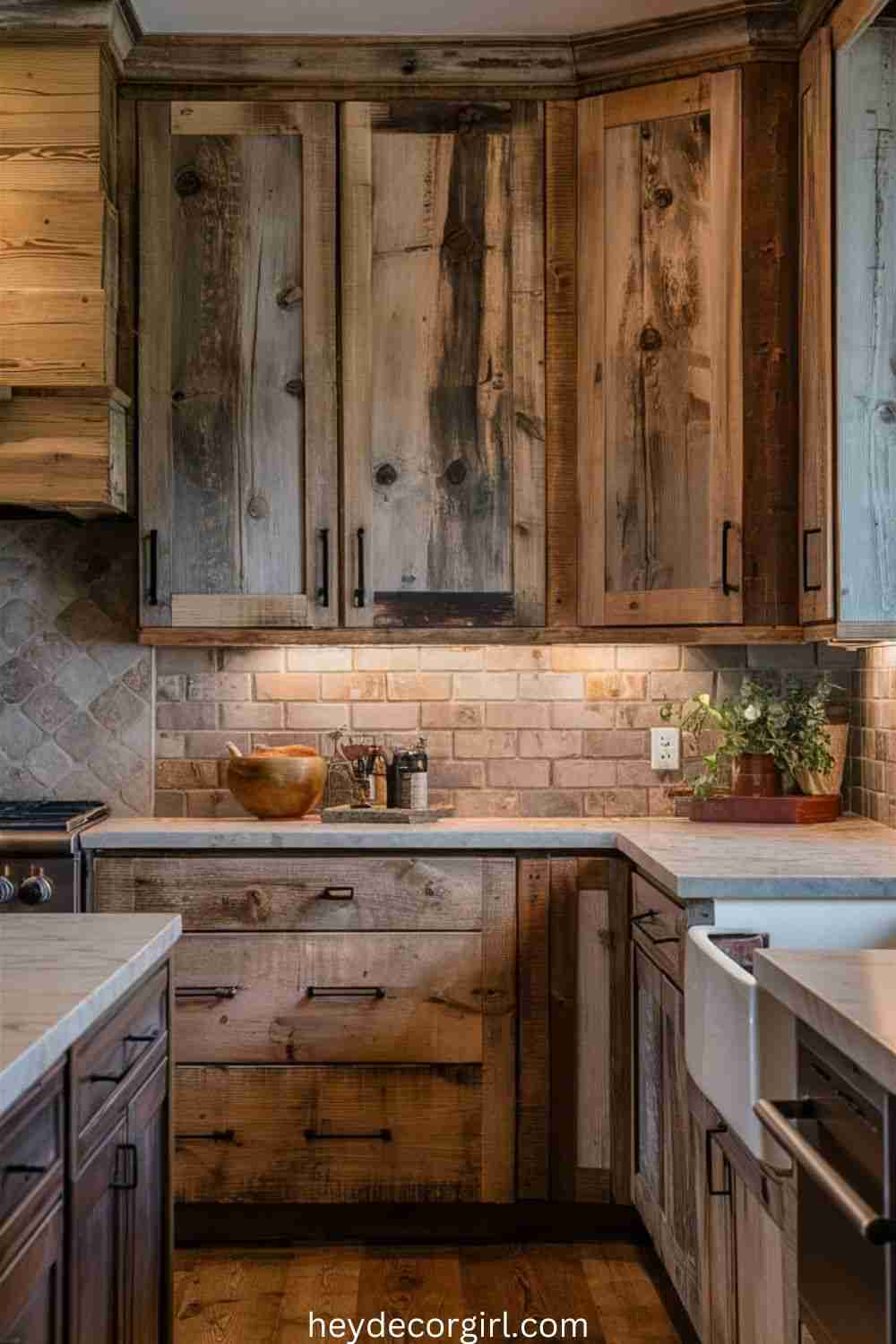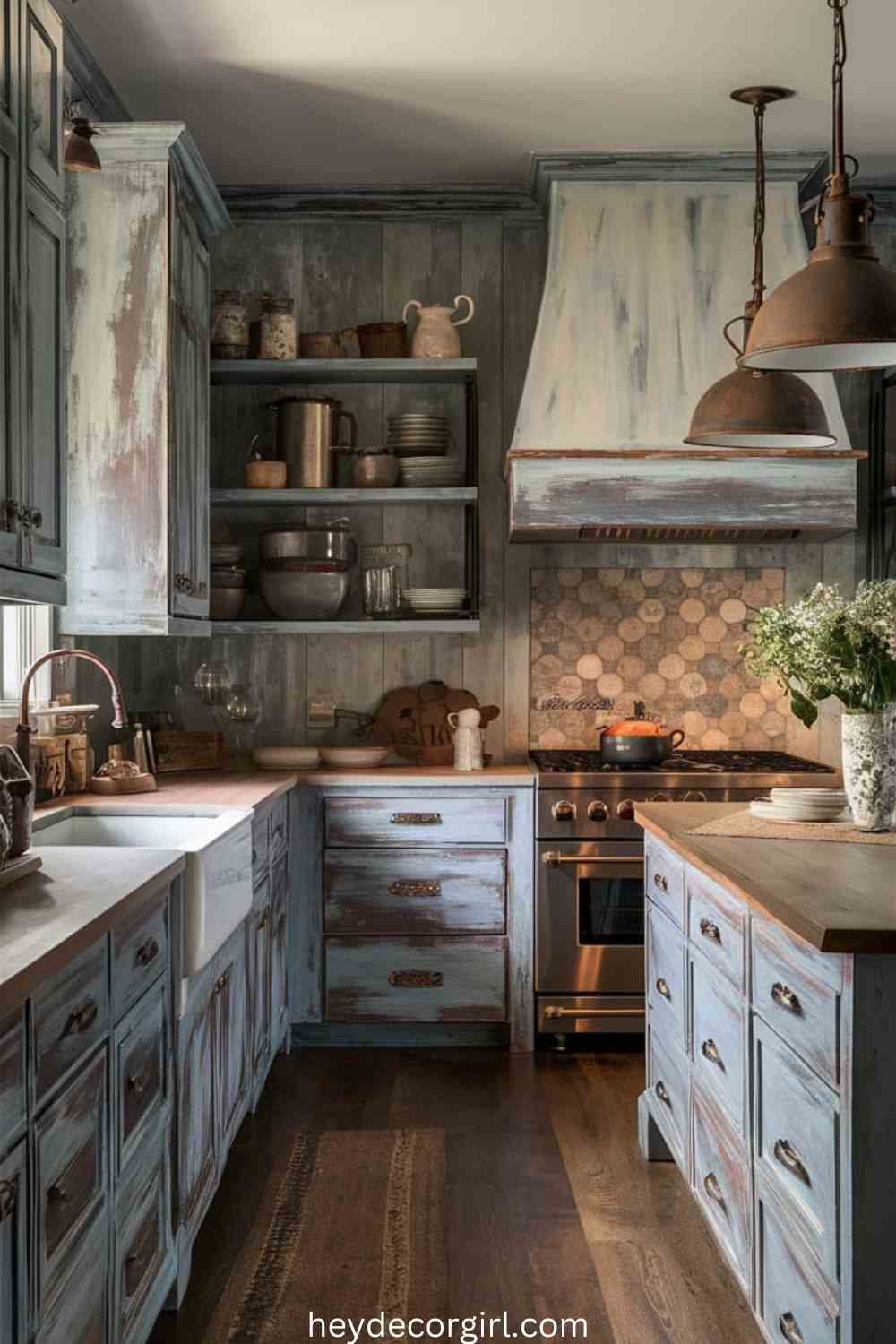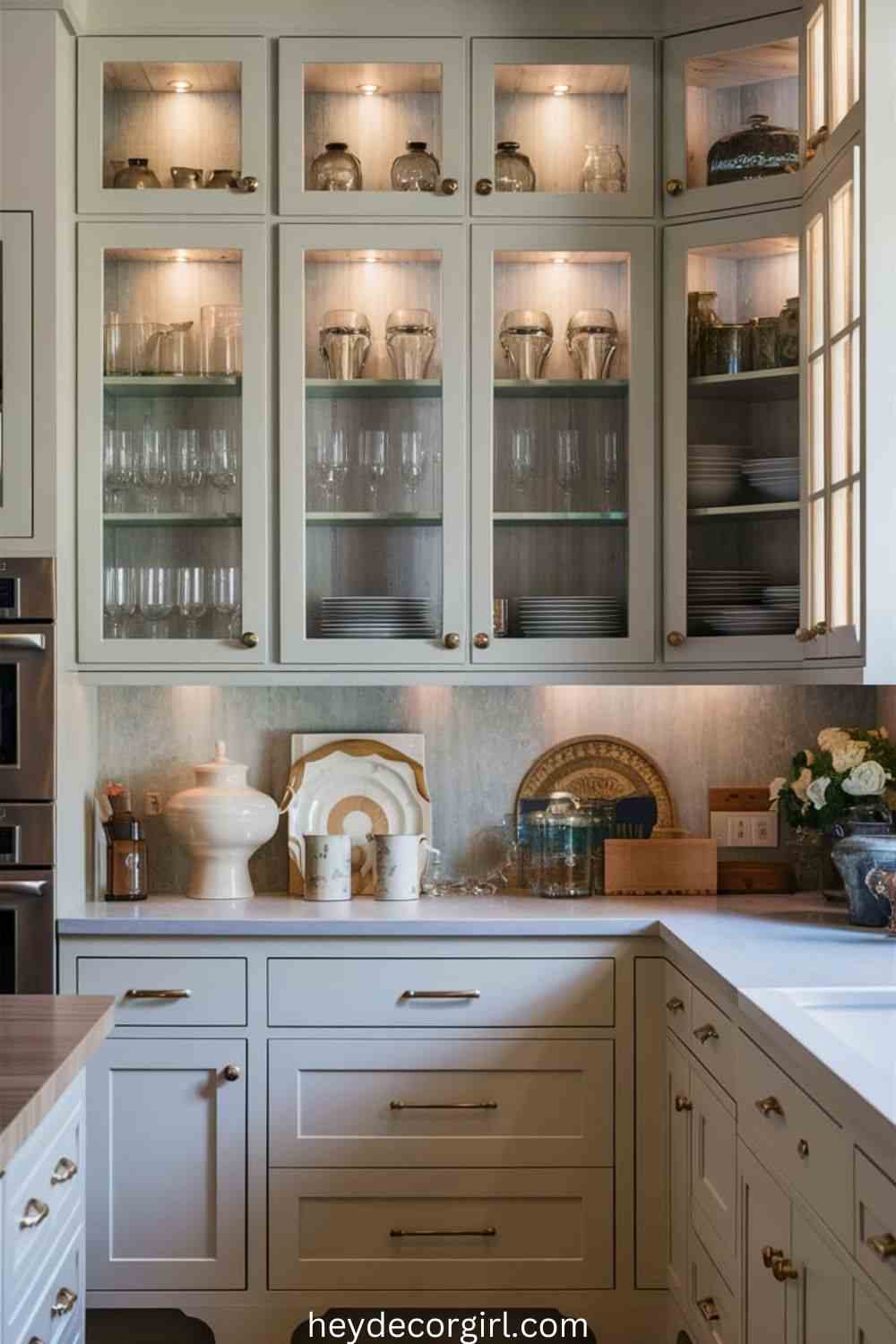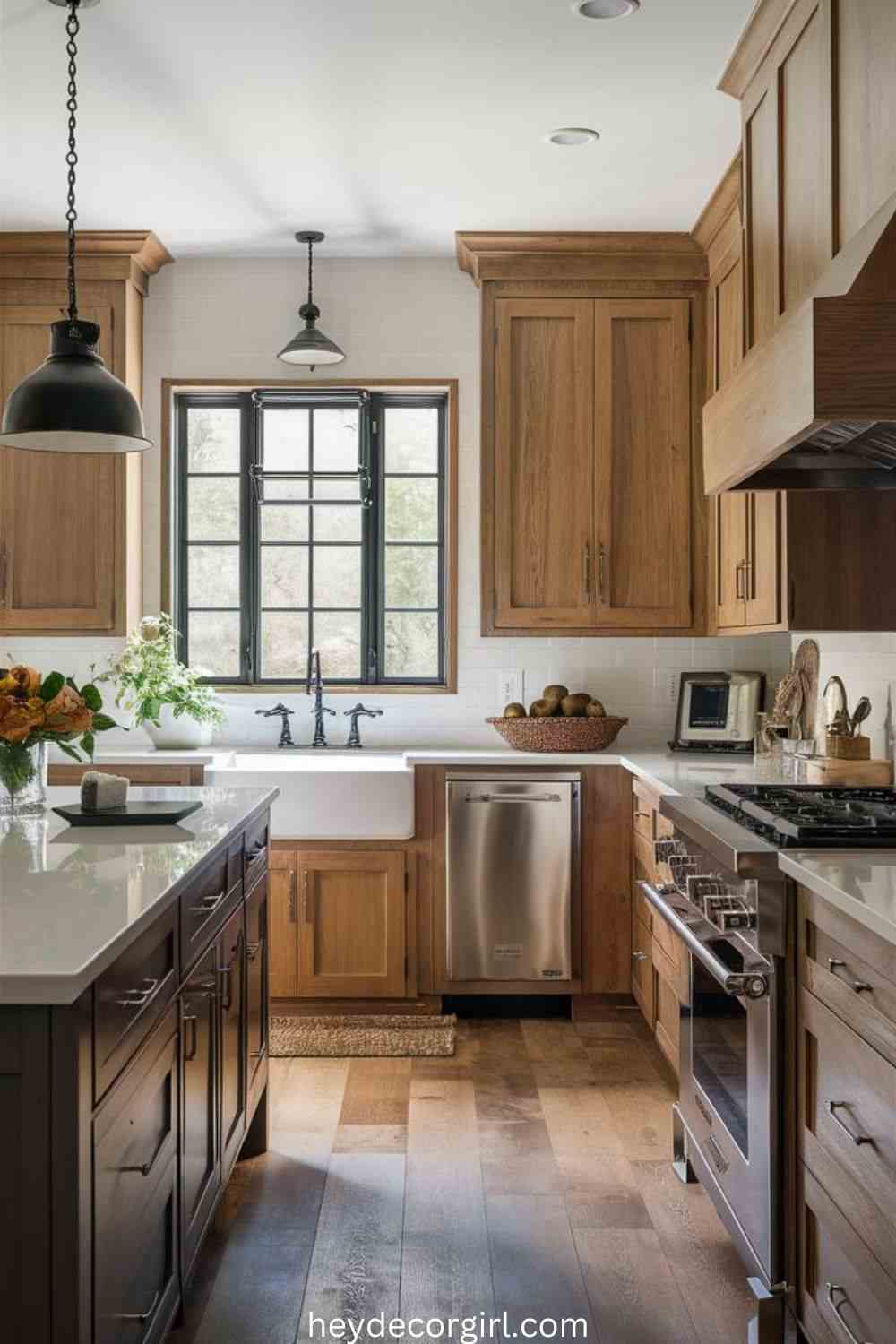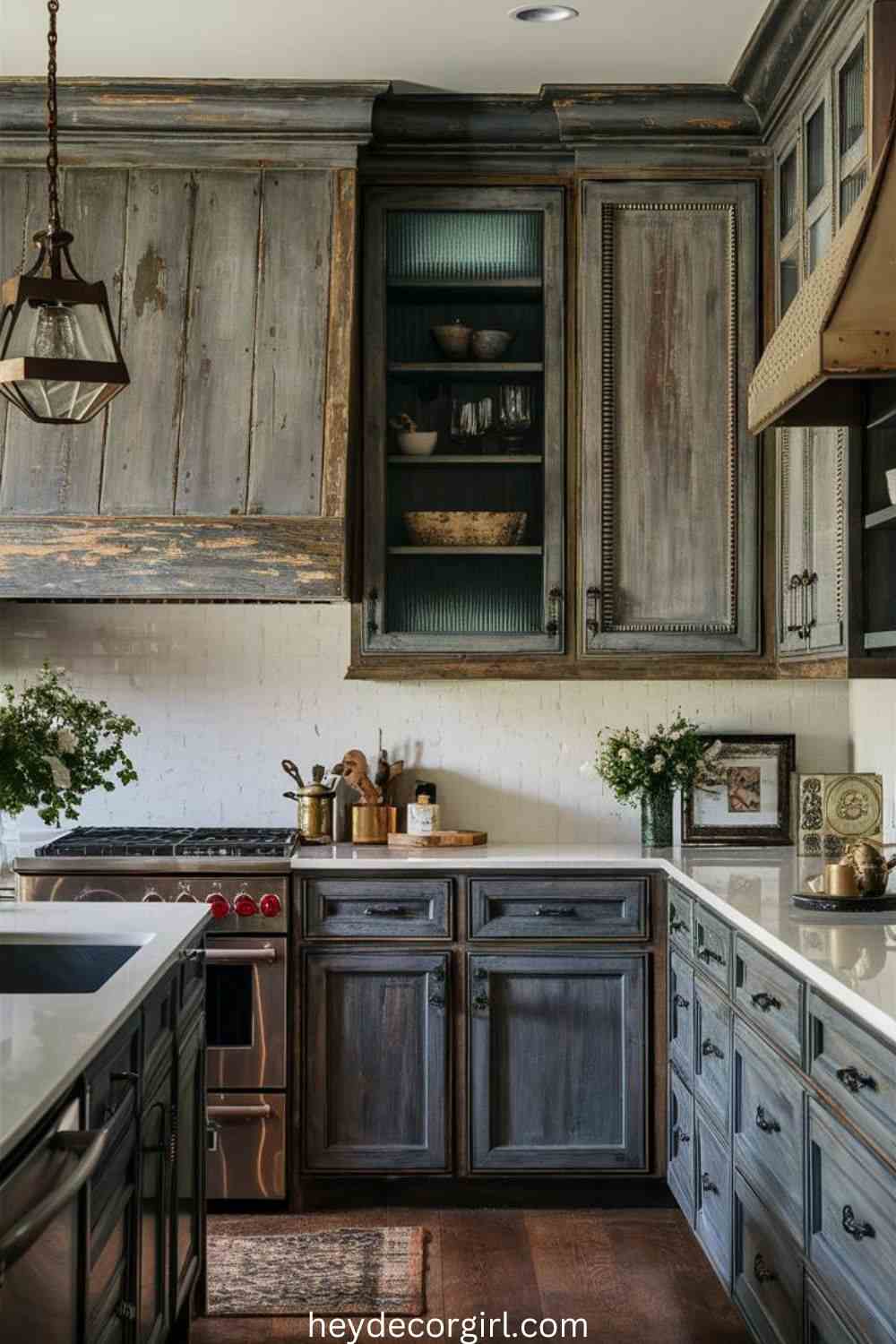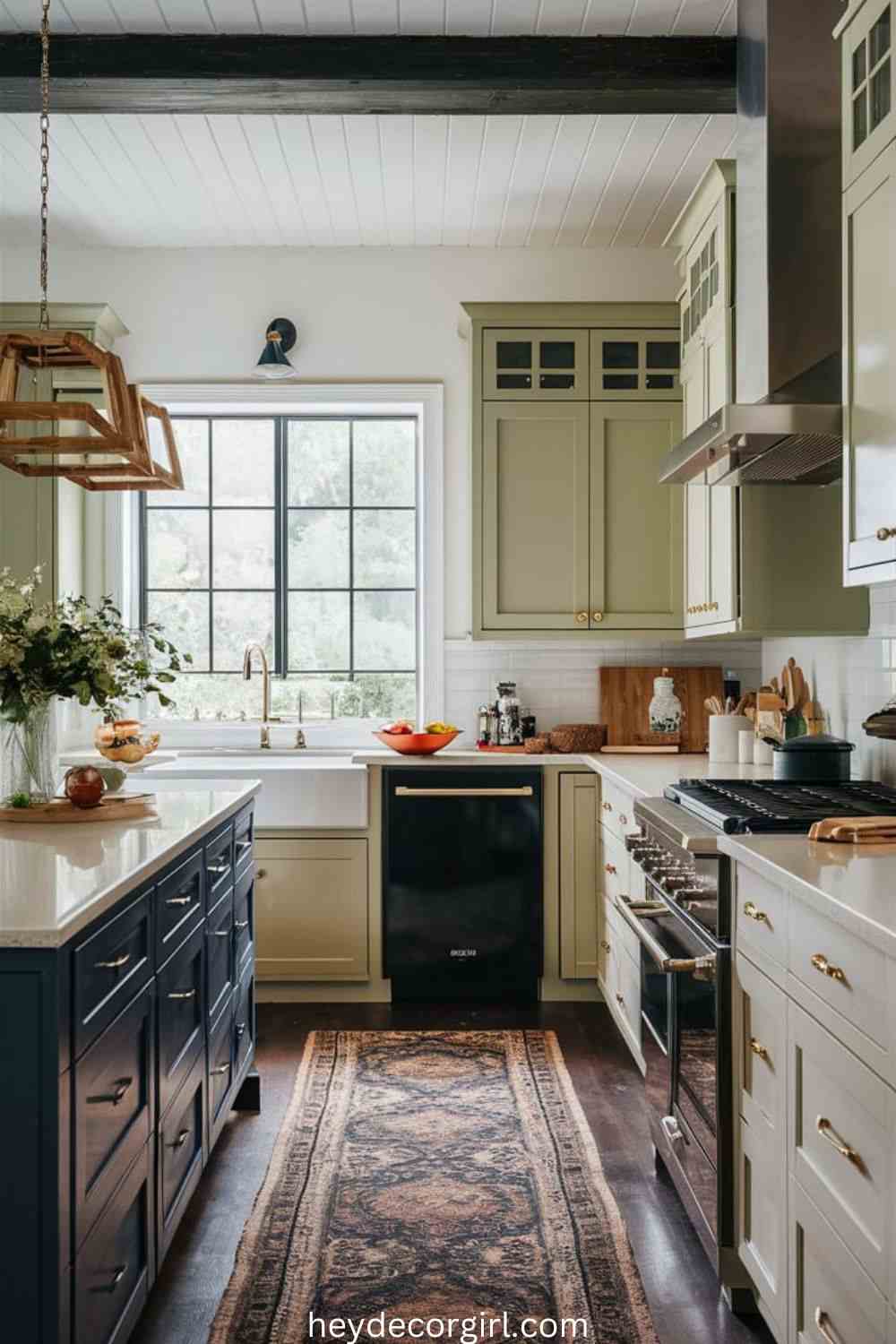Farmhouse Kitchen Cabinets Ideas continue to be a favorite for anyone who loves a kitchen that feels both timeless and lived-in. There’s something about their cozy, down-to-earth charm that instantly makes a space feel welcoming. Whether it’s shaker-style doors, warm wood finishes, or vintage hardware, farmhouse cabinets bring character and functionality together in the best way.
As someone who truly appreciates the beauty of blending style with practicality, I’m Richa—and I love how farmhouse cabinets can completely set the tone of a kitchen. From clean white cabinets that brighten up the space to rustic reclaimed wood that adds depth and warmth, there’s so much room to make it your own. You can even mix in modern touches like sleek lines or matte finishes for a fresh take on the classic farmhouse look.
With so many styles, finishes, and layout options to choose from, farmhouse kitchen cabinets make it easy to create a kitchen that feels both beautiful and completely you.
Stunning Farmhouse Kitchen Cabinets Ideas
1. Classic White Farmhouse Cabinets
Classic white farmhouse cabinets are a timeless favorite in kitchen design, offering a clean, bright, and airy aesthetic that suits both traditional and modern farmhouse styles. Their neutral hue reflects light, making spaces feel larger and more inviting. These cabinets provide a versatile foundation that pairs beautifully with everything from rustic wooden beams to sleek metal hardware, creating a warm and welcoming environment.
There are several variations to suit different tastes, including the popular shaker style for a clean, modern look and beadboard cabinets for added texture and cottage charm. Choosing the right shade and finish further personalizes the space—opt for bright whites like “Pure White” for a crisp appearance, or go with warm creams for a softer ambiance. Finishes range from glossy for easy cleaning to matte or distressed for vintage character, making white farmhouse cabinets both practical and stylish.
2. Two-Tone Cabinet Designs
Two-tone cabinet designs are a stylish way to add depth and character to farmhouse kitchens. By combining contrasting or complementary hues, you can create a dynamic, personalized space that highlights key areas like islands or lower cabinets. Popular combinations include crisp white with rich navy for a classic and elegant contrast, or soft gray with natural wood for a cozy, balanced look that blends rustic charm with modern appeal.
Achieving harmony with two-tone cabinets requires careful planning. Keep proportions balanced by using one dominant color and the other as an accent. Tie everything together with consistent hardware, countertops, and decor that echo your palette. Testing color swatches under your kitchen’s natural light ensures the final result feels cohesive and inviting. Thoughtful color pairings can elevate your farmhouse kitchen with warmth, texture, and timeless style.
3. Open Shelving
Open shelving in farmhouse kitchens adds charm, function, and flexibility to your space. It creates a light, airy feel and makes the kitchen appear more open, while offering an easy way to display everyday dishware, collectibles, or seasonal decor. Open shelves improve accessibility and allow for quick styling changes, making it simple to keep your kitchen looking fresh and personal throughout the year.
To blend open shelving with closed cabinets, aim for design cohesion through similar materials, colors, and finishes. Strategic placement—such as above counters or in cozy nooks—ensures both visual interest and practicality. Use unified hardware and transitional elements like trim or backsplash to bridge the styles seamlessly. The result is a warm, curated farmhouse kitchen that’s as beautiful as it is functional.
4. Reclaimed Wood Cabinets
Reclaimed wood is a standout choice for farmhouse kitchens, offering both environmental and aesthetic benefits. By repurposing old wood, you help reduce deforestation and waste while bringing rich character and history into your space. Each plank carries unique textures, grain patterns, and imperfections that add depth and authenticity to your kitchen. Thanks to their old-growth origins, reclaimed wood cabinets are often denser and more durable than new timber, ensuring lasting quality.
To style reclaimed wood cabinets effectively, highlight their natural features with clear finishes, and balance their rustic charm with modern accents like metal hardware or sleek countertops. Choose from finishes like natural, distressed, whitewashed, antiqued, or dark stain to suit your design vision. For longevity, protect the wood with proper sealants and clean it gently using wood-safe products. With mindful care and creative styling, reclaimed wood cabinetry becomes a beautiful and sustainable centerpiece of your farmhouse kitchen.

Hi, I’m Richa, the creative mind and passionate soul behind Hey Decor Girl. With a bachelor’s degree in Inter-space Design and a deep love for transforming spaces, I’ve dedicated my career to bringing style, comfort, and personality into homes. As an interior designer and architect, I’ve had the pleasure of crafting unique living environments that reflect the individuality of those who live in them.
At Hey Decor Girl, I share my expertise in all things home decor—from cozy living room makeovers to rustic farmhouse designs and everything in between. My mission is to inspire you to create spaces that not only look stunning but also feel like home. Whether you’re looking for the latest trends or timeless classics, I’m here to guide you every step of the way. Let’s make your dream home a reality, one stylish detail at a time.
Farmhouse Kitchen Cabinets Farmhouse Kitchen Cabinets Ideas Stunning Farmhouse Kitchen Cabinets Ideas
Last modified: June 28, 2025
![Hey Decor Girl [Latest Trending Decor Design Ideas]](https://heydecorgirl.com/wordpress/wp-content/uploads/2024/08/Heygirldecor-Logo.png)

